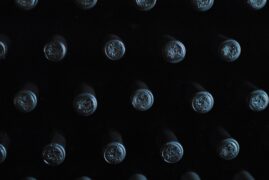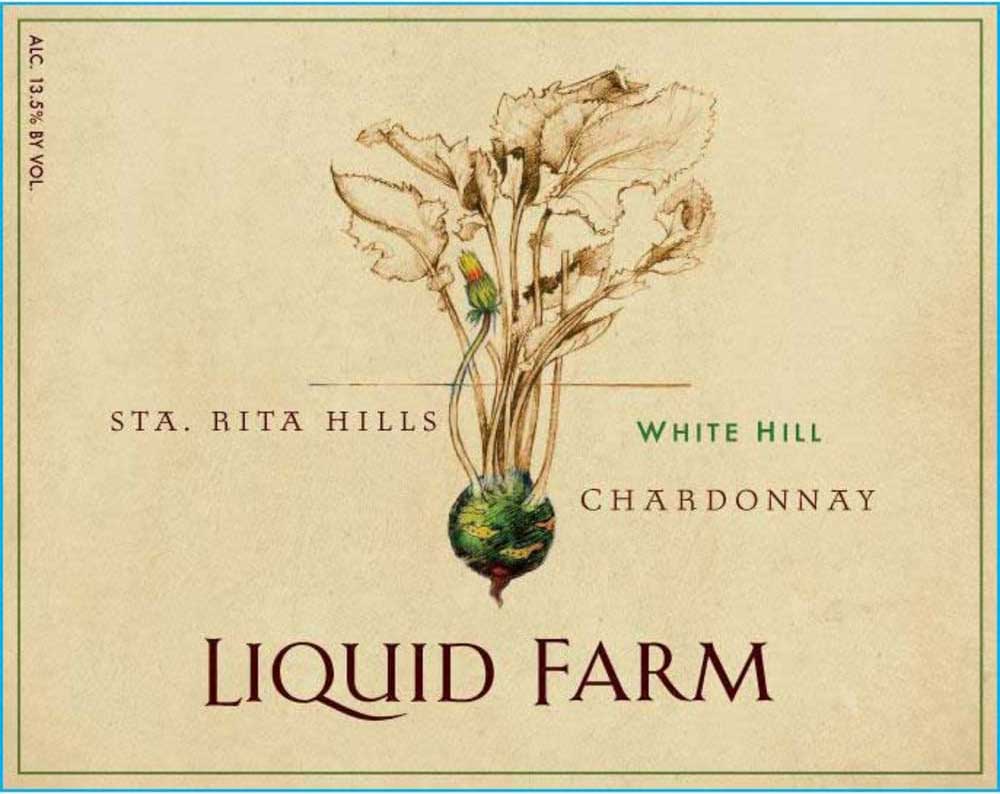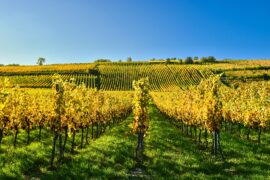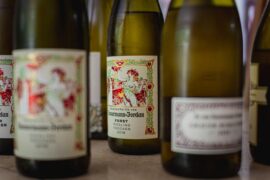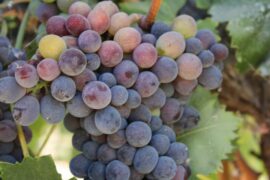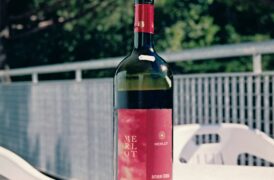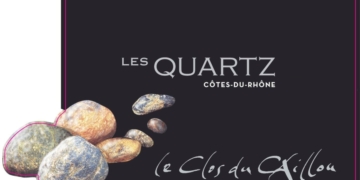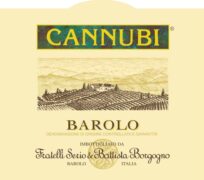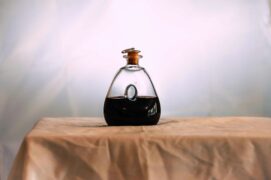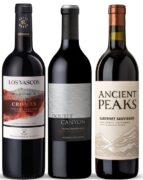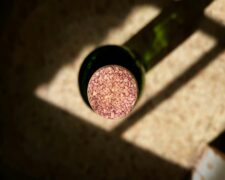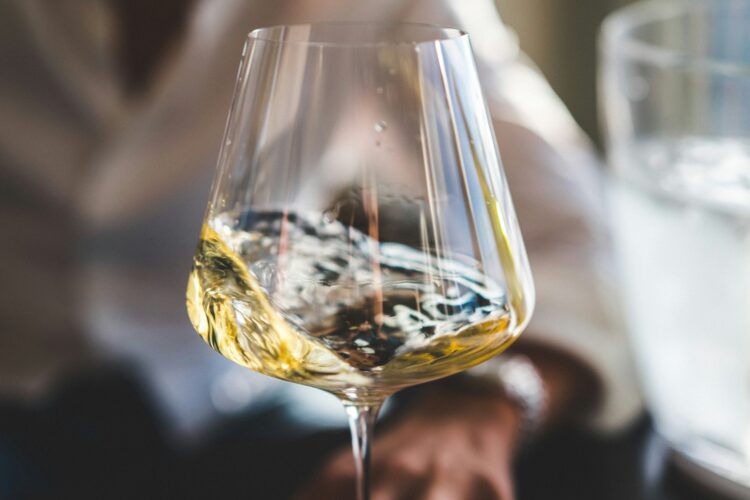Swirling wine is a common practice that enhances the overall tasting experience. When you swirl a glass of wine, you’re introducing oxygen to the liquid, which helps to release volatile compounds and amplify the wine’s aromas. This process is crucial because much of what we perceive as taste is actually driven by our sense of smell. By swirling the wine, you can better appreciate its bouquet, which is the complex interplay of scents that arise from the glass.
Different types of wines benefit from swirling to varying degrees. Red wines, especially younger ones, typically benefit the most. These wines often have higher levels of tannins—naturally occurring compounds that can taste astringent or bitter. Swirling helps to soften these tannins, making the wine smoother and more enjoyable to drink. It also allows the wine’s flavors to develop more fully as the oxygen interacts with the liquid.
White wines and sparkling wines, on the other hand, generally require less swirling. White wines are often more delicate, with subtler aromas that don’t need as much aeration to be appreciated. Sparkling wines have carbonation that can dissipate if swirled too much, so it’s best to swirl these lightly, if at all. However, more complex or aged whites, such as certain Chardonnays or Rieslings, can benefit from a bit of swirling to open up their nuanced flavors.
Letting wine breathe—allowing it to sit exposed to air before drinking—is another practice that goes hand in hand with swirling. This is particularly important for full-bodied red wines, which may need time to soften and release their full range of flavors. Decanting, which involves pouring wine into a separate container to expose it to air, is another method used to help the wine breathe. Older wines, however, may be too delicate for prolonged exposure to air and could lose their character if left out too long.
Swirling and letting wine breathe are techniques that can significantly enhance the wine-drinking experience, particularly for reds. The extent to which these practices are necessary depends on the type and age of the wine, with younger reds benefiting the most.

